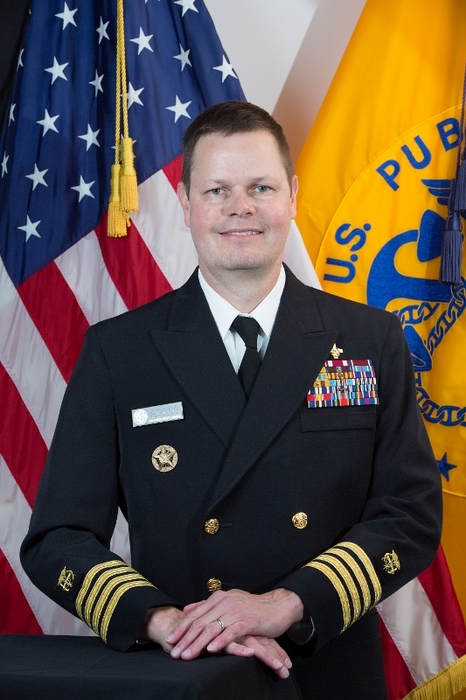Transboundary animal diseases: Beyond the zoonoses
The introduction and transmission of transboundary diseases like African Swine Fever and Foot and Mouth Disease would have a devastating impact on the U.S. and world economy. This is due to the cost of response, loss of domestic and export markets, production losses, and other economic impacts. What may be less recognized is the impact on responders and producers from such outbreaks, including diseases that are not zoonotic. This presentation will review the epidemiology of select transboundary diseases, both zoonotic and nonzoonotic. A review of the complex production systems and supply chain concerns for select animal species will be discussed as understanding this will aid preparedness and response plans. The presentation will discuss the many occupational safety and health hazards posed to responders, producers, veterinarians and staff during response and recovery from transboundary diseases. Finally, this presentation will provide resources to address these health concerns from a variety of sources at the state, federal, and international levels, academia, and not-for-profit organizations.
This presentation will also highlight the roles and responsibilities of veterinarians when preparing for, responding to, and recovering from transboundary disease outbreaks. Some examples include:
- Clinical veterinarians maintaining a high index of suspicion for transboundary diseases, assisting producers in maintaining herd health, and helping producers and employees develop and implement biosecurity measures.
- Veterinarians working in agriculture and public health at the local, state, national, and international levels to protect both animal and human health.
- Veterinarians working in the animal agriculture industry, trade associations, and not-for-profits.
- Veterinarians working in research and academia to develop new diagnostics, therapeutics, and vaccines.
- Educating the next generation of veterinary professionals to work in production medicine and public health.
This session originally was presented at AVMA Convention 2024.
Learning Objectives:
- Describe the epidemiology of select transboundary diseases and how animal production systems impact disease prevention and control.
- Appreciate occupational health hazards that are encountered in transboundary disease outbreaks beyond zoonotic infectious diseases.
- Understand the roles veterinarians can and should play in addressing transboundary animal diseases.

Dr. John Gibbins currently serves as Senior Veterinary Advisor to the Office of Agriculture Safety and Health at the National Institute for Occupational Safety and Health (NIOSH) in Cincinnati, Ohio. Dr. Gibbins specific areas of interest include zoonotic disease prevention and occupational hazards in veterinary medicine, agriculture, forestry, fishing, food processing, and other industries where people work with animals.
Dr. Gibbins is board-certified by the American College of Veterinary Preventive Medicine and an honorary Diplomate of the American Veterinary One Health Society. He completed his Master of Public Health Degree at the Uniformed Services University of the Health Sciences in Bethesda, Maryland and earned his Doctor of Veterinary Medicine degree from The Ohio State University. After working in mixed animal and emergency clinical medicine for nearly six years after graduation, he served for nine years as a Public Health Officer/Flight Commander in the U.S. Air Force. In 2006, CAPT Gibbins transferred to the U.S. Public Health Service Commissioned Corps and completed the Centers for Disease Control and Prevention Epidemic Intelligence Service (EIS) Fellowship in 2008.